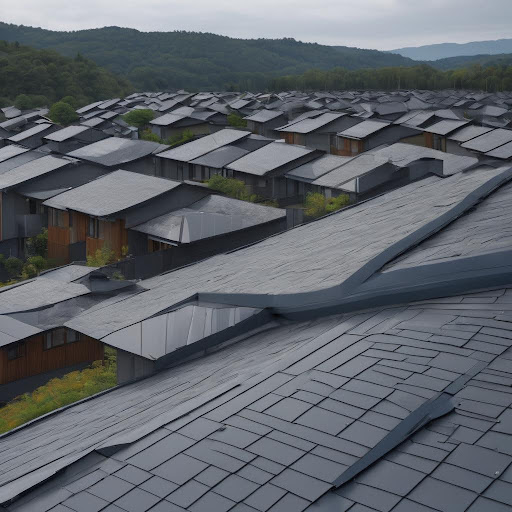Under the Sail: The Beauty and Benefits of Membrane Roofs
Introduction

What are Membrane Roofs?
- Membrane roofs are thin, flexible roofing systems made from synthetic waterproof fabrics rather than traditional shingles or tiles. Popular options include thermoplastics like PVC, TPO, and modified bitumen.
- These seamless sheets are adhered to the surface or mechanically fastened, then welded together into a tight seal that remains watertight under expansion and contraction.
- Unlike conventional roofs, the membrane itself provides the waterproofing barrier without multiple layers like felt or tar paper. They can be applied fully adhered, mechanically attached, or held down by ballast like pavers or stone.
- Membrane roofs are exceptionally durable, lightweight, and effective at managing temperature. Their reflectivity also reduces cooling costs compared to dark asphalt roofs.
- Ideal for flat or low slope commercial buildings, membrane roofing resists corrosion, ponds less water than gravel, and requires little long-term upkeep if properly installed.
- Overall an energy efficient and sustainable solution, membrane roofs have an average lifespan up to 30 years. Routine maintenance extends their durability even further.
Membrane Roofs: Rising Above the Rest Benefits

Lightweight and Flexible
Unlike traditional roofs, which can be heavy and cumbersome, membrane roofs are incredibly lightweight. This translates to reduced structural load on the building, allowing for potentially thinner and more economical support structures. Additionally, the flexibility of membrane materials allows them to be installed on complex shapes and curves, adding a touch of architectural elegance and creativity to any structure.
Durable and Weather-Resistant
Membrane roofs are engineered to withstand harsh weather conditions, including heavy rain, snow, and strong winds. They are also resistant to UV radiation, ensuring long-lasting protection for your building and its occupants. Some membrane roofs even come with built-in fire-retardant properties, offering an additional layer of safety.
Energy-Efficient and Environmentally Friendly
Many membrane roofs are designed to be translucent, allowing natural light to flood into the building, reducing the need for artificial lighting and lowering energy costs. Additionally, some materials used in membrane roofs are sustainable and recyclable, making them a more environmentally friendly choice compared to traditional roofing materials.
Easy to Install and Maintain
Due to their lightweight construction, membrane roofs can be installed much faster and easier than traditional roofs, leading to reduced construction costs and time. Additionally, these roofs require minimal maintenance, with occasional cleaning being sufficient to keep them looking and performing their best.
Cost-Effective in the Long Run
While the initial cost of a membrane roof may be slightly higher than a traditional roof, their durability, energy efficiency, and low maintenance requirements lead to significant cost savings over the lifespan of the building.
Aesthetically Pleasing
Membrane roofs come in a wide variety of colors and finishes, allowing architects to create unique and aesthetically pleasing designs. Their modern and sleek appearance can enhance the look of any building, making them a popular choice for commercial and residential projects alike.
A Guide to the Different Types of Membrane Roofs
1. Ethylene Propylene Diene Monomer (EPDM Rubber Roofing)

- Material: Synthetic rubber.
- Benefits: Excellent resistance to UV radiation, ozone, and extreme temperatures. Long lifespan (up to 50 years). Affordable.
- Drawbacks: Limited color options. Can be susceptible to punctures.
- Best suited for: Low-slope roofs, flat roofs, garages, and sheds.
2. Thermoplastic Polyolefin (TPO Roofing)
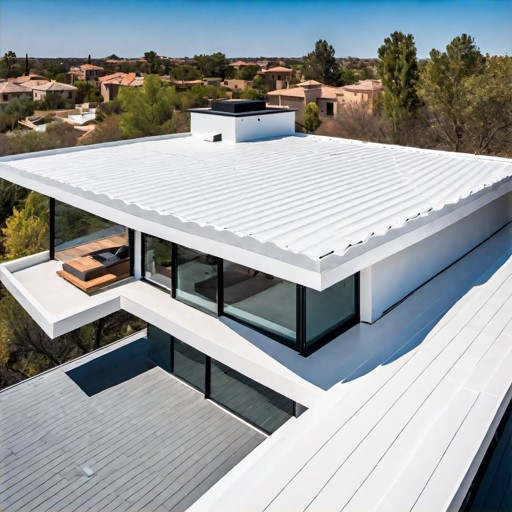
- Material: Thermoplastic polymer.
- Benefits: Highly reflective, which reduces heat absorption and energy costs. Highly resistant to chemicals, grease, and punctures. Relatively low cost.
- Drawbacks: Not as UV-resistant as EPDM. Can be susceptible to wind damage if not properly installed.
- Best suited for: Low-slope roofs, commercial buildings, and industrial facilities.
3. Polyvinyl Chloride (PVC Roofing)
- Pvc roofing = Material: Thermoplastic polymer.
- Benefits: Extremely durable and long-lasting (up to 30 years). Highly resistant to fire, chemicals, and punctures. Wide variety of colors available.
- Drawbacks: More expensive than EPDM and TPO. Can be susceptible to oil and grease damage.
- Best suited for: Flat roofs, balconies, and high-traffic areas.
4. Modified Bitumen
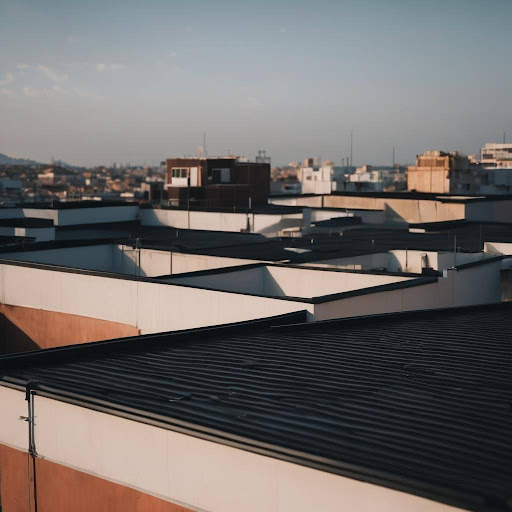
- Material: Asphalt-based material modified with polymers.
- Benefits: Affordable. Easy to install. Offers good waterproofing and thermal insulation.
- Drawbacks: Not as durable as other types of membrane roofs. Requires more maintenance. Can be susceptible to UV degradation and cracking.
- Best suited for: Low-slope roofs, garages, and sheds.
5. Liquid-Applied Membrane
- Material: Liquid polymer that cures to form a seamless membrane.
- Benefits: Can be applied to any shape or surface. Conforms to irregular shapes. Easy to repair.
- Drawbacks: Relatively expensive. Requires specialized installation. Not as durable as other types of membrane roofs.
- Best suited for: Complex roofs, balconies, and areas with penetrations.
6. Fabric Membranes

- Material: Woven fabric coated with a polymer.
- Benefits: Lightweight and translucent. Offers good thermal insulation and natural light. Can be used to create unique architectural designs.
- Drawbacks: Relatively expensive. Requires specialized installation and maintenance. Not as durable as other types of membrane roofs.
- Best suited for: Atriums, stadiums, and other large-span structures.
Factors to Consider When Choosing a Membrane Roof
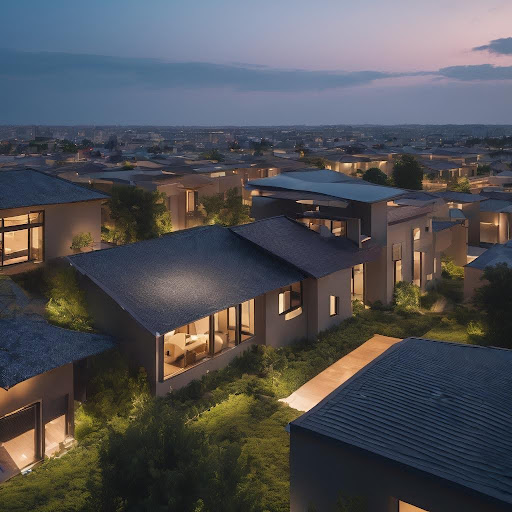
- Climate: Consider the local weather conditions and choose a membrane roof material that is resistant to the elements.
- Budget: Membrane roofs can range in price depending on the material and complexity of the installation.
- Building type: Choose a membrane roof that is compatible with the type of building and its intended use.
- Aesthetic considerations: Membrane roofs come in a variety of colors and finishes. Choose one that complements the overall design of your building.
- Installation and maintenance requirements: Some membrane roofs require specialized installation and maintenance. Choose one that fits your budget and resources.
When Membrane Roofs Aren’t the Best Choice

Steep Roofs
Membrane roofs are not ideal for steep roofs, exceeding a 3:12 slope. This is because water can easily pool on the surface, leading to leaks and potential damage to the membrane and underlying structure. Additionally, installing membrane roofs on steep slopes can be challenging and require specialized skills and equipment, increasing the cost and risks involved.
Extreme Temperatures
Some membrane materials are not suitable for regions with extreme temperatures, be it scorching heat or freezing cold. For example, PVC membranes can become brittle and crack in extreme cold, while EPDM membranes can soften and deform in excessive heat. In such situations, opting for a different roofing material specifically designed to withstand the local climate is more practical and ensures long-term performance and durability.
Limited Budget
While membrane roofs offer cost-saving benefits in the long run, their initial installation cost can be higher compared to traditional roofing options like asphalt shingles. For projects with limited budgets, exploring alternative solutions like metal roofs or modified bitumen membranes might be more suitable in the short term.
Aesthetic Considerations
Membrane roofs typically come in limited color options and have a modern, sleek appearance. While this can be aesthetically pleasing for contemporary buildings, it may not be the best fit for historical or traditional building styles. In such cases, choosing a roofing material more compatible with the overall design and architectural context of the building is crucial.
DIY Installation
While some membrane materials are easier to install than others, the process generally requires specialized skills and knowledge. Attempting DIY installation of a membrane roof without proper expertise can lead to improper installation, leaks, and potential damage to the roof and building. In such situations, hiring a qualified professional with experience in membrane roof installation is strongly recommended.
Areas with High Seismic Activity
While some membrane roofs can withstand earthquakes, they are generally more susceptible to damage compared to other roofing options like metal roofs. For buildings located in areas with high seismic activity, opting for a roof specifically designed to resist seismic forces is essential to ensure the safety of the building and its occupants.
Tips and Tricks for Using Membrane Roofs
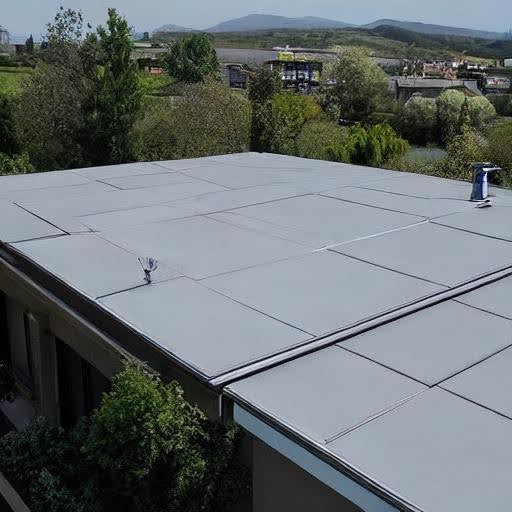
General Maintenance
- Regular inspections: Inspect your roof at least twice a year, ideally before and after the harshest weather conditions. Look for punctures, tears, seams that are coming apart, ponding water, and any other signs of damage.
- Clear debris: Remove any leaves, branches, or other debris that could collect on your roof and trap moisture, promoting mold growth and potentially causing leaks.
- Keep it clean: Gently wash your roof with a mild soap and water solution to remove dirt and grime. Avoid using harsh chemicals or abrasive scrubbers, as these can damage the membrane.
- Protect from foot traffic: Minimize foot traffic on your roof to prevent punctures and tears. If you need to access the roof, use designated walkways or distribute weight evenly.
Specific Tips for Different Membrane Types
EPDM (Ethylene Propylene Diene Monomer)
- Seams: Use a compatible seam sealant and follow the manufacturer’s instructions for proper application.
- Flashing: Pay close attention to flashing details around vents, pipes, and other penetrations to ensure watertight seals.
- Ponding water: EPDM roofs can handle some ponding water, but it’s important to address any areas that hold water for extended periods.
TPO (Thermoplastic Polyolefin)
- Heat welding: Ensure proper heat welding techniques are used during installation to create strong and durable seams.
- UV protection: TPO membranes are generally UV-resistant, but check the manufacturer’s recommendations for any specific needs.
- Chemical resistance: TPO is resistant to many chemicals, but avoid using harsh solvents or cleaners.
PVC (Polyvinyl Chloride)
- Membrane thickness: Choose a membrane thickness appropriate for your climate and expected snow loads.
- Adhesives: Use a compatible adhesive specifically designed for PVC membranes.
- Fire resistance: PVC membranes are naturally fire-resistant, but check local building codes for any additional requirements.
Additional Tips
- Consider installing a roof drainage system: This can help prevent ponding water and improve drainage, especially for flat roofs.
- Invest in a roof maintenance plan: A professional roofer can provide regular inspections, cleaning, and repairs to extend the lifespan of your membrane roof.
- Keep documentation: Maintain records of all inspections, repairs, and maintenance performed on your roof. This will be helpful in tracking the condition of your roof and ensuring proper care over time.
References
- Roofing Industry Committee (RIC): https://ricowi.com/
- National Roofing Contractors Association (NRCA): https://www.nrca.net/
- Rubber Roofing Direct: https://www.rubberroofingdirect.co.uk/
- RoofSlope: https://www.youtube.com/watch?v=05tAg8UQheI

